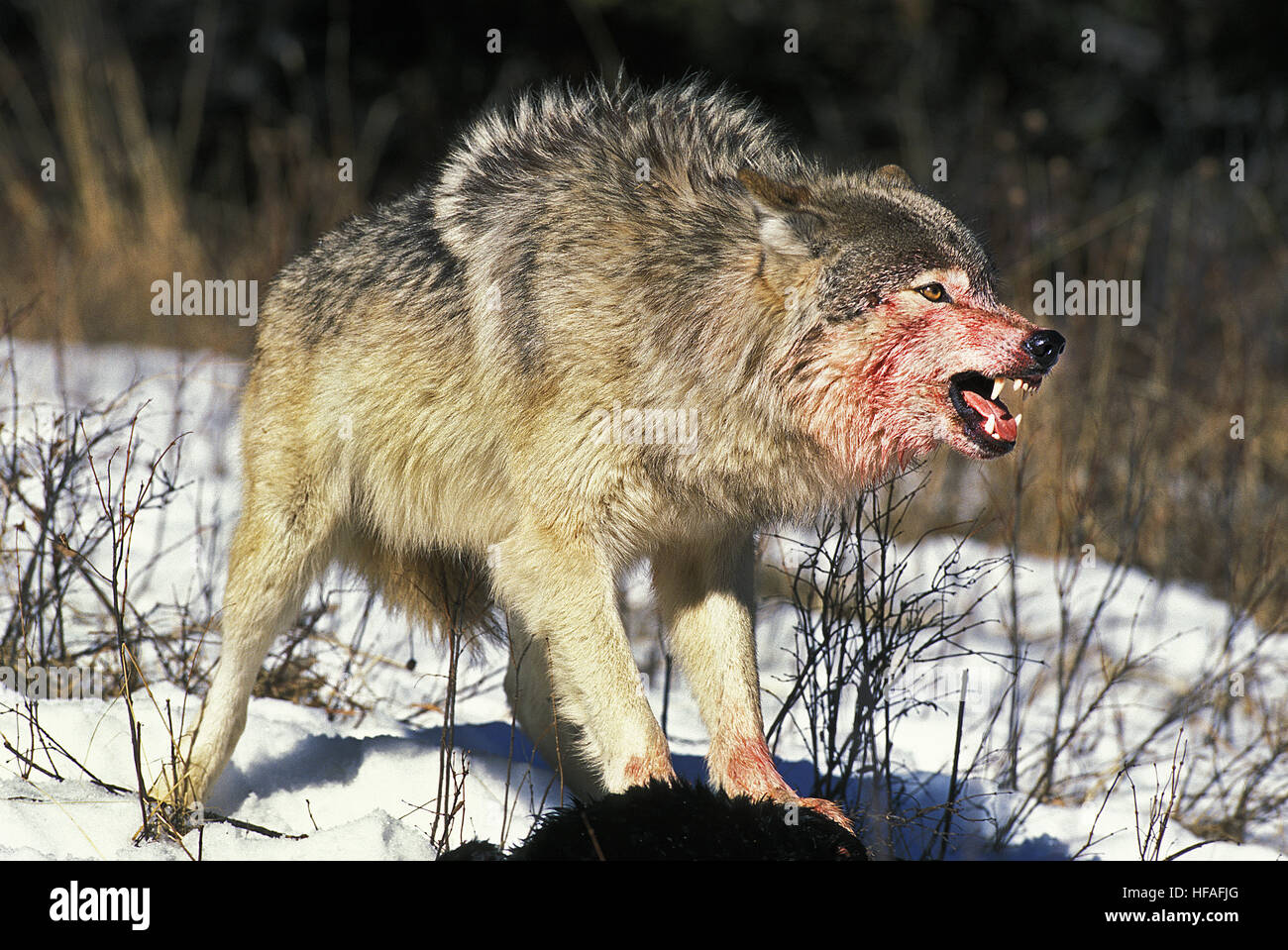Dromaine NewMexico animals and plants adaptation
 THE GREY WOLF:The gray wolf has many special adaptations. Their coats are made up of woolly fur to provide insulation and long guard hairs to keep out moisture. The gray wolf's large paws have fleshy pads and claws for traction and can spread to provide better support in the snow.
THE GREY WOLF:The gray wolf has many special adaptations. Their coats are made up of woolly fur to provide insulation and long guard hairs to keep out moisture. The gray wolf's large paws have fleshy pads and claws for traction and can spread to provide better support in the snow.
RABBITS:A few structural adaptations a rabbit has are their widely spaced eyes set high on it's head. Having their eyes like that allows them to see predators easily. It also has a flexible neck enabling it to rotate it's head widely. Rabbits also have big muscular hind legs for quick movement and their legs can be used for digging.CACTI:Cacti also have spines (the prickly thorn like things) in which replace leaves. These spines minimise the surface area of the cactus reducing water loss. The cacti's stem is also thick and fleshy allowing it to store a lot of water. The stem also has a waxy waterproof kind of coating to help retain more water.
Comments
Post a Comment